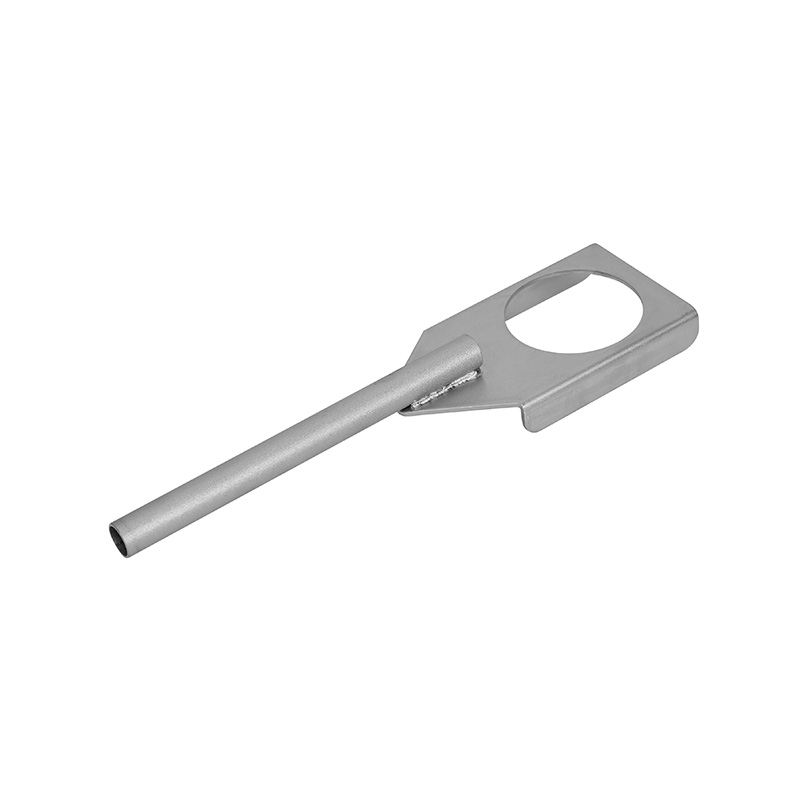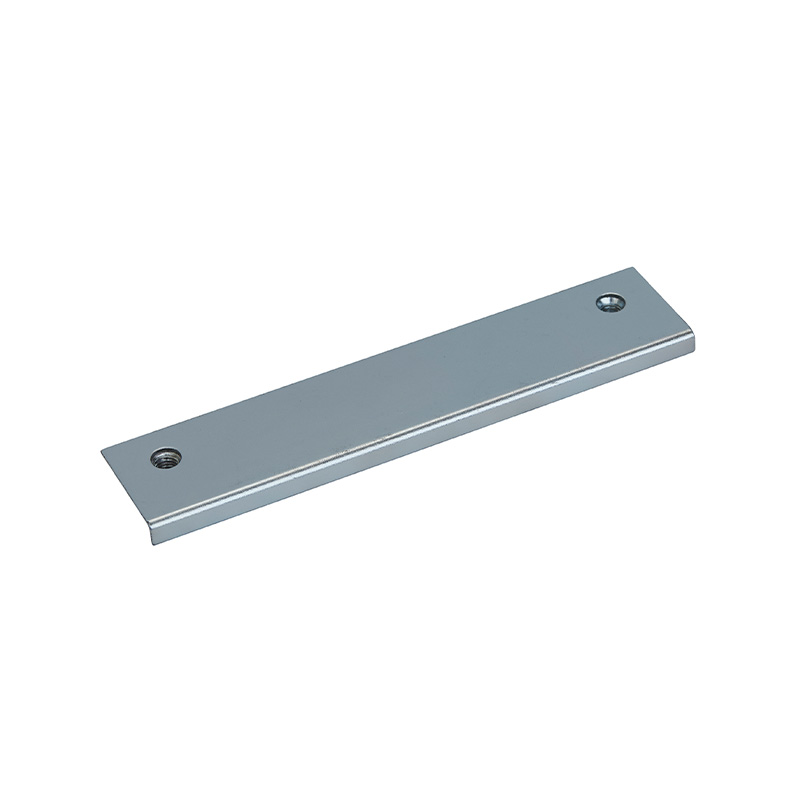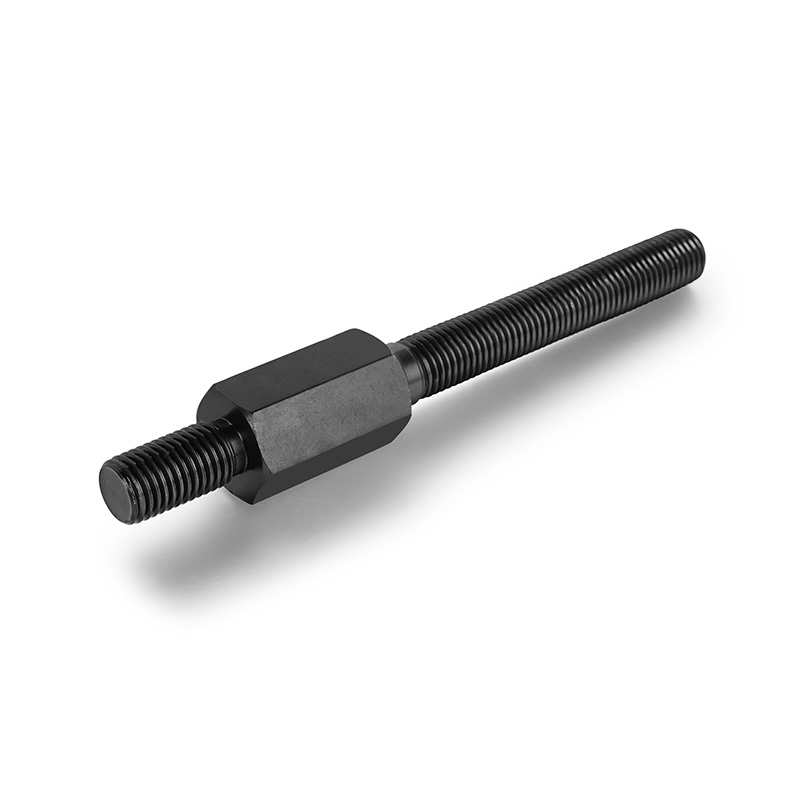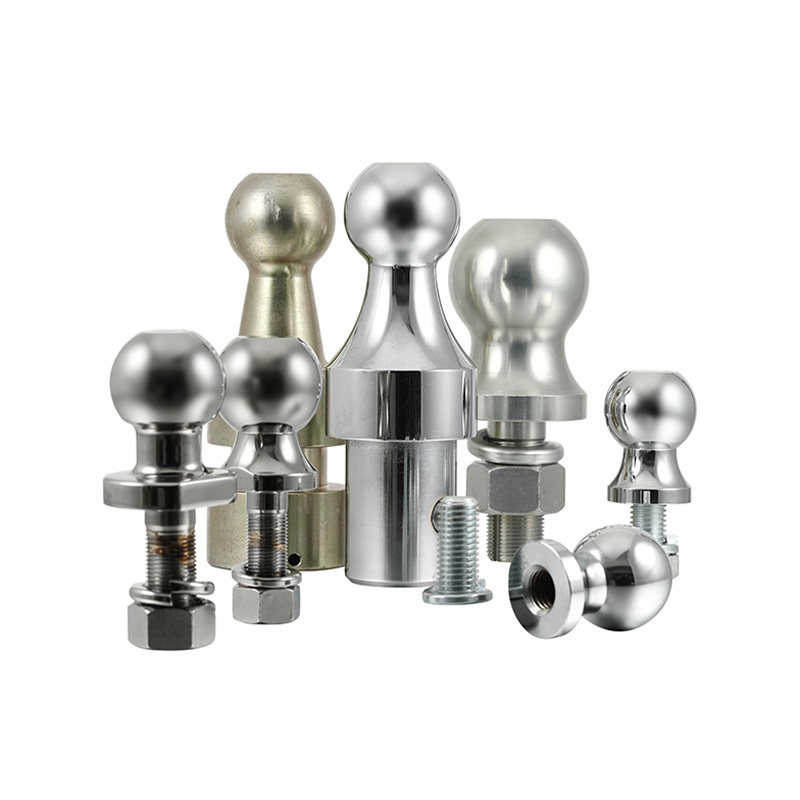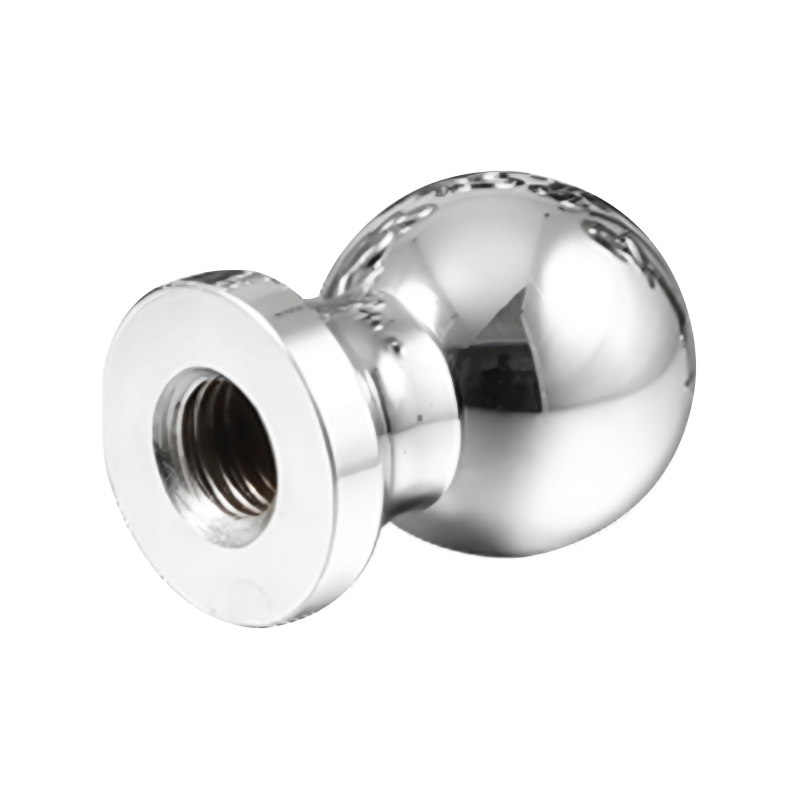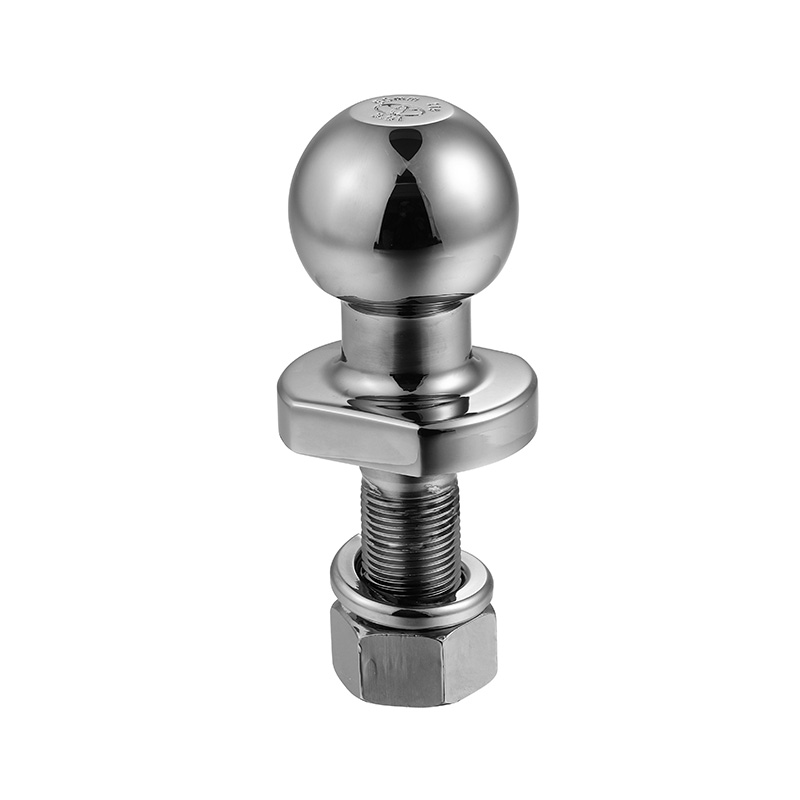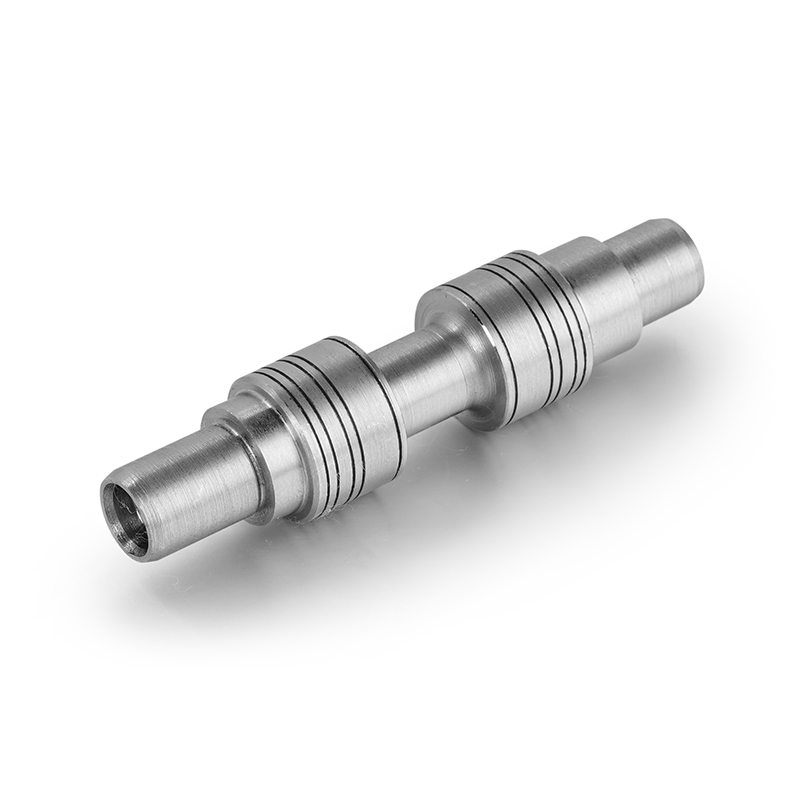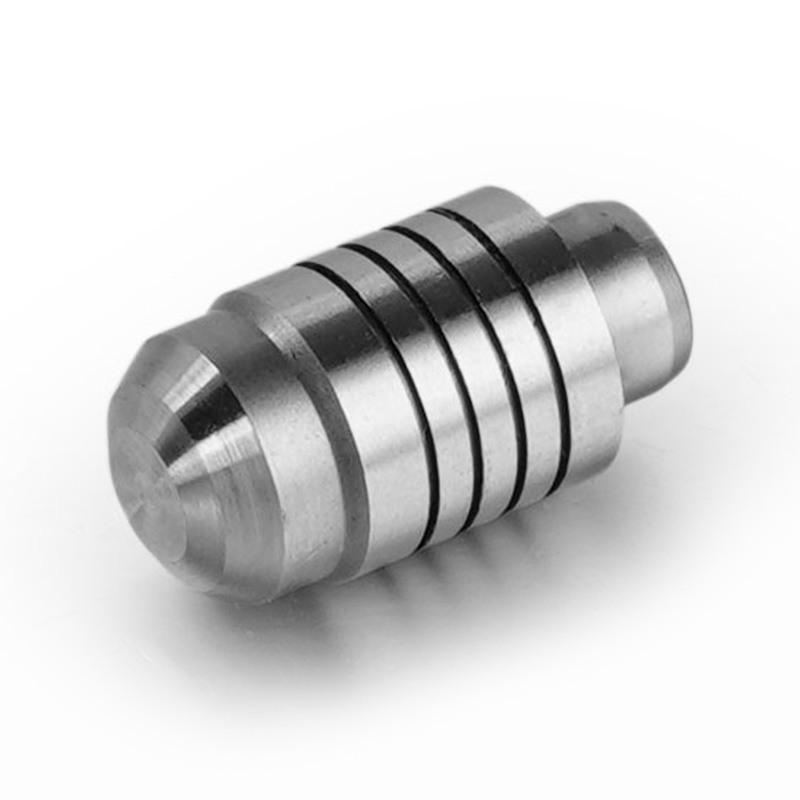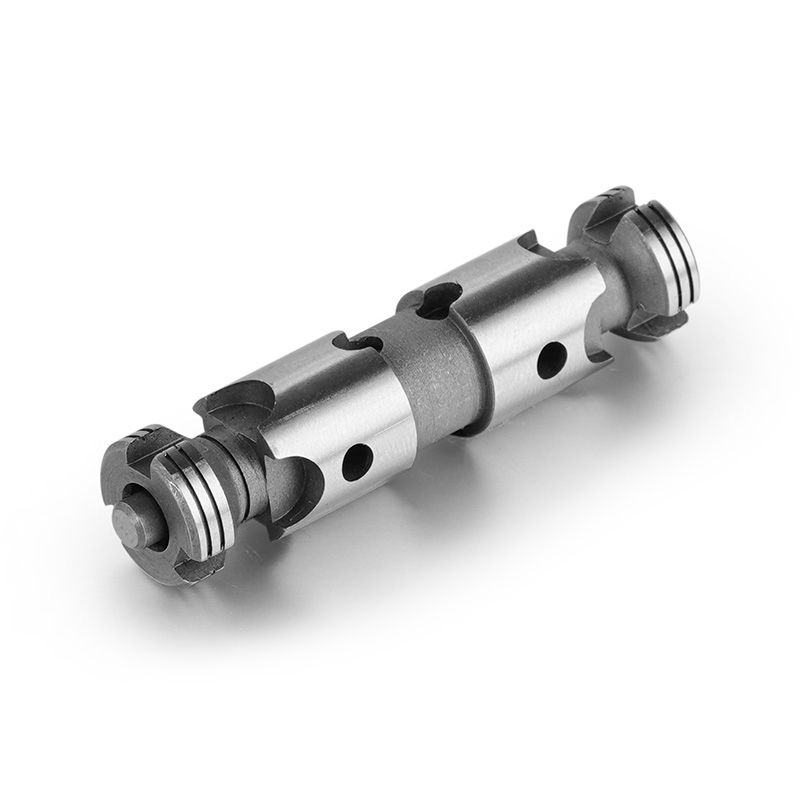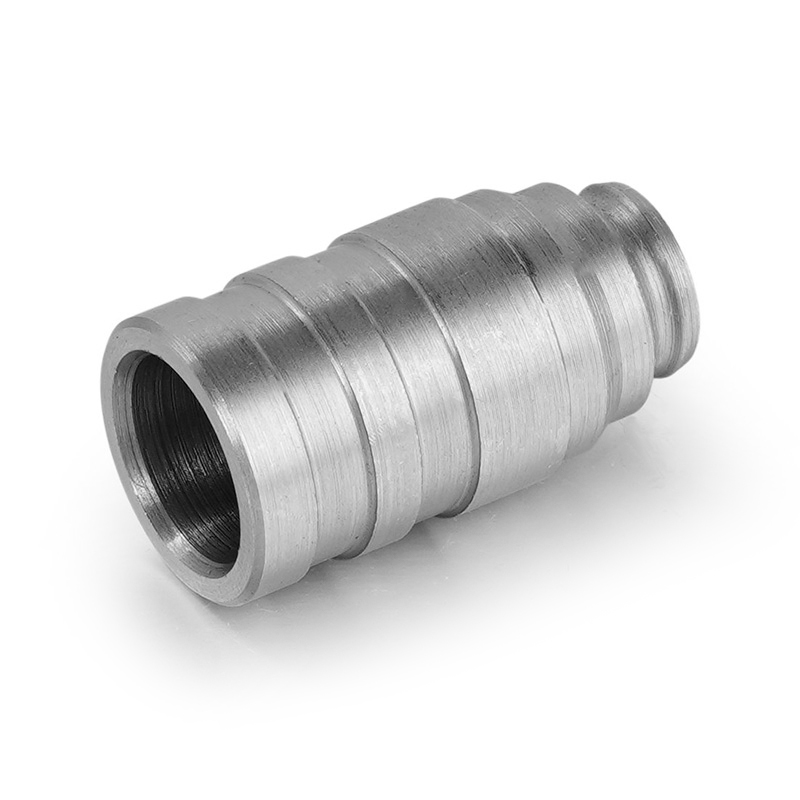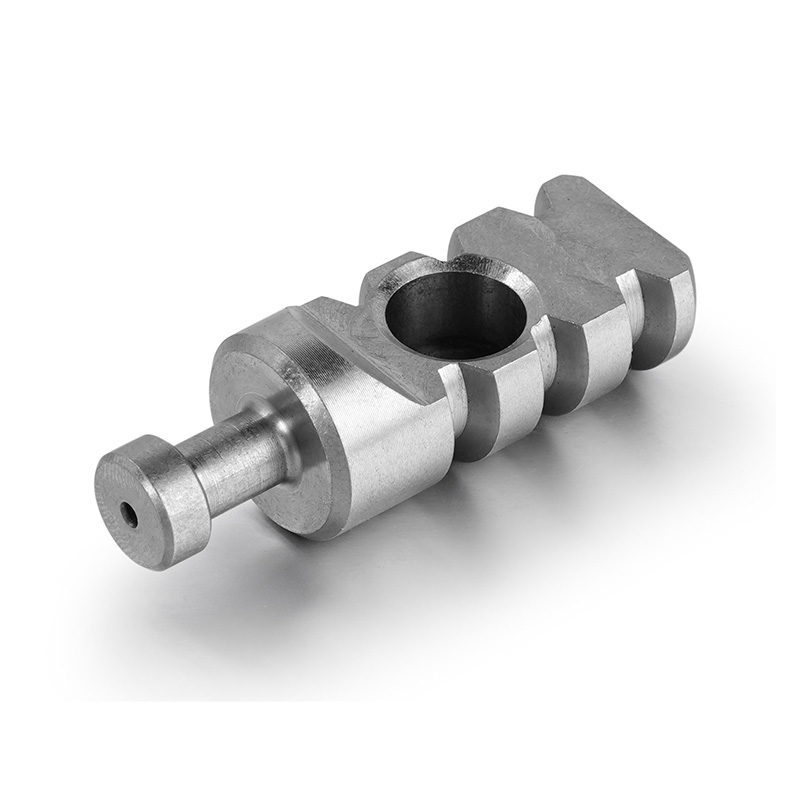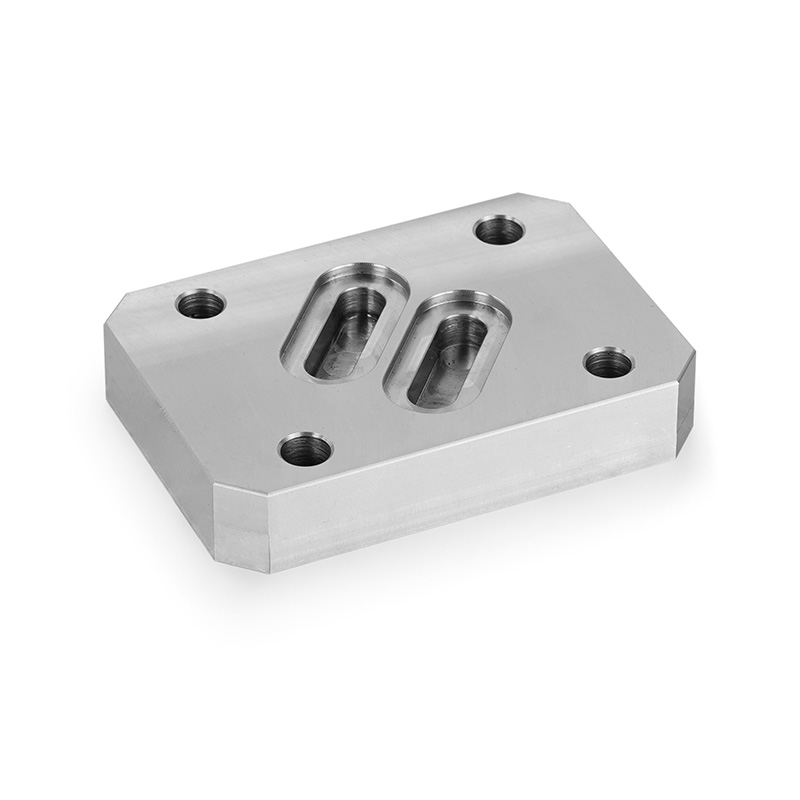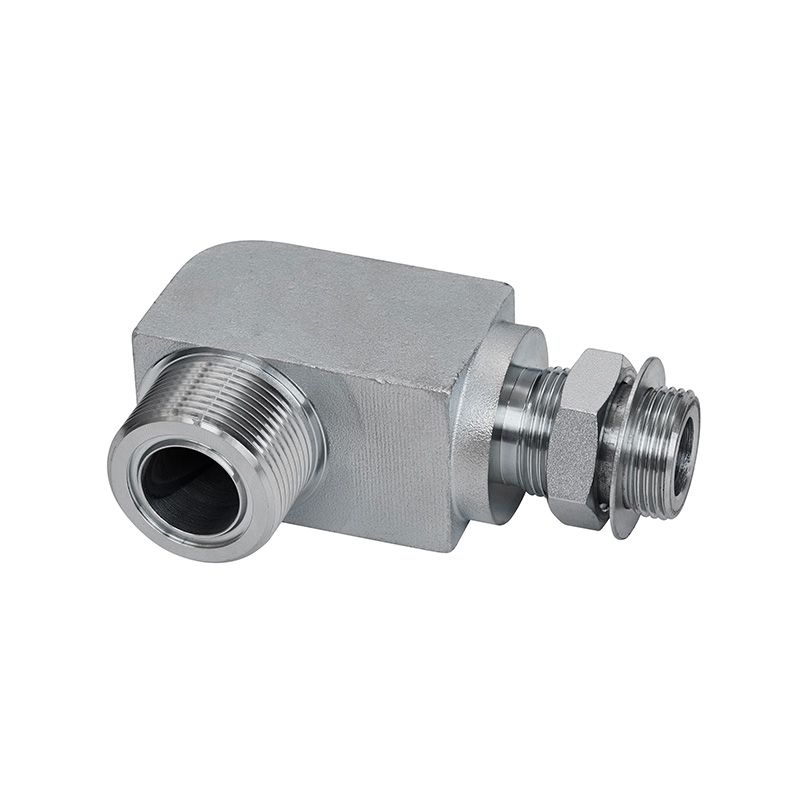Hangzhou, March 15, 2025 — China’s automotive parts industry is undergoing a seismic shift, driven by the rapid adoption of electric vehicles (EVs), advancements in intelligent driving technologies, and the global push for lightweight materials. With a projected market size of 6.79 trillion yuan ($940 billion) in 2025, the sector is poised to redefine global automotive supply chains while navigating challenges such as U.S. tariff policies and sustainability mandates.
Market Growth and Drivers
The industry’s expansion is fueled by three core trends: electrification, intelligence, and lightweighting.
-
Electrification: The EV boom has spurred demand for battery, motor, and electronic control systems (collectively known as "three-electric" systems), with China accounting for 45% of the global new energy vehicle (NEV) parts market. Leading firms like CATL, which dominates 37% of the global power battery market, are pioneering semi-solid-state batteries with energy densities exceeding 400 Wh/kg, enabling ranges over 1,500 km.
-
Intelligent Driving: L2+ autonomous driving systems are becoming standard, with Chinese companies capturing 30% of the global market for advanced driver-assistance systems (ADAS). Innovations include Huayu Automotive’s cost-effective 77GHz millimeter-wave radar and Desay SV’s domain controllers, which hold over 15% of global shipments.
-
Lightweight Materials: To meet carbon neutrality goals, firms like Nanshan Aluminum and Zhongfu Shenying are scaling production of aluminum alloys and T700-grade carbon fiber, reducing vehicle weight by up to 30% and boosting energy efficiency.
Challenges and Strategic Responses
Despite growth, the industry faces hurdles:
-
U.S. Tariffs: Recent U.S. policies impose a 25% additional tariff on key auto parts under Section 232, effective May 3, 2025. However, Chinese companies with overseas production bases in Mexico or Southeast Asia remain resilient.
-
Supply Chain and Talent Gaps: A shortage of 50,000 technicians for NEV maintenance and reliance on foreign chips (e.g., MCU and IGBT with <10% domestic self-sufficiency) highlight the need for R&D investment and talent cultivation.
-
Regulatory Compliance: Stricter EU and U.S. standards, such as R155 cybersecurity and FMVSS safety protocols, are pushing firms like CATL to obtain certifications like UL 1973 for North American market access.
-
Emerging Opportunities
-
Aftermarket Services: Battery recycling and over-the-air (OTA) updates are gaining traction. CATL’s partnership with GEM achieves over 98% recovery rates for nickel and cobalt, while Changan Auto’s global smart service network reports a 35% user Pay rate.
-
Global Expansion: Companies are adopting a "domestic R&D + overseas assembly" model. Linglong Tire’s smart factory in Thailand and Fuyao Glass’s 20% U.S. market share exemplify strategies to bypass trade barriers.
-
Cross-Border E-Commerce: Platforms like TikTok and Walmart are facilitating overseas sales, with events like the CAPAFAIR Hangzhou 2025 attracting buyers from 60+ countries to explore partnerships.
-
Industry Events Spotlight
The upcoming CAPAFAIR Hangzhou 2025 (April 21–23) and the 2025 China Auto Aftermarket Summit (March 1) will spotlight tariff strategies, cross-border e-commerce, and NEV innovations. These forums aim to bridge gaps between manufacturers, suppliers, and global buyers.
Conclusion
As China transitions from a manufacturing hub to a technology leader, its auto parts industry is set to dominate the global stage through relentless innovation and strategic globalization. With policy support—including a 150% R&D tax deduction and a 100 billion yuan NEV industry fund—the sector is well-positioned to overcome challenges and capitalize on the $2.4 trillion global market projected by 2030.
For further details, refer to industry reports by China Research and Intelligence and updates from the CAPAFAIR exhibition platform.

 English
English 中文简体
中文简体